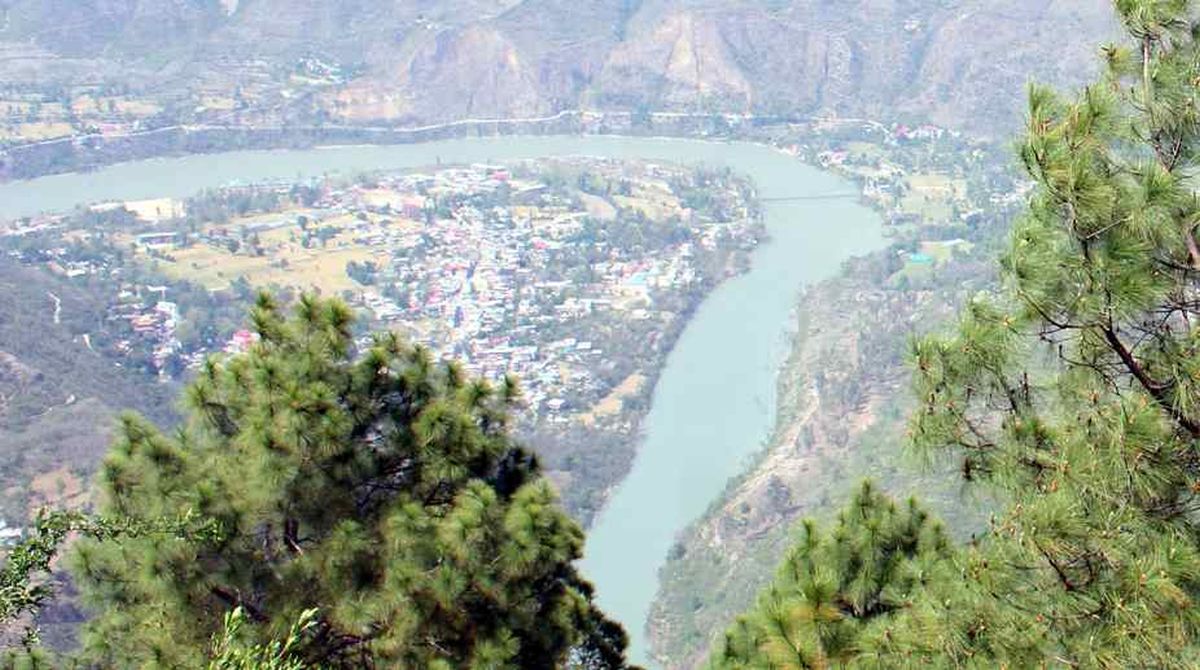BJP manifesto yet another poll gimmick: Pratibha Singh
Himachal Pradesh Congress President and MP Pratibha Singh has termed BJP’s Lok Sabha poll manifesto yet another poll ‘gimmick’.

A view of Satluj River at Sunni near Shimla (Photo: Lalit Kumar/SNS)
Environment activists in Himachal Pradesh have sought Cumulative Environment Impact Assessment (CEIA) of dams on Satluj.
Raising objection to the grant of clearances to dams on the last free flowing stretch of the Satluj River, Himdhara Collective, an environment group in Himachal has sent a submission to the Expert Committee of Ministry of Environment demanding Cumulative Impact Assessment for individual projects on the Satluj river basin.
They have demanded that the CEIA of Satluj river basin should be first finalised and till then, all projects on the Satluj river basin must be put on hold.
Advertisement
Manshi Asher from Himdhara Environment Research and Action Collective said, “The issue of dam building in the Himalayas has now become a major concern amongst mountain communities and environmentalists, given the threat of disasters like cloud bursts floods and earthquakes to the lives and economy of the region.”
The move to build bumper to bumper dams on a single river basin in Himachal is destructive and this is the reason why we have been saying that the Ministry of Environment should look at the cumulative impacts of the dams rather than for individual projects, she asserted.
“It was due to the objections of the local community that the massive tunnel will disturb the geology of the region, already prone to landslides, that the Luhri project was dropped,” she said.
Instead, the HP government has now allocated three dams, namely, Luhri Stage I and Luhri stage II (163MW) and Sunni (355MW) in the same stretch.
The key objection raised in the submission is that the committee instead of studying the over-all impact of the three projects put together, was looking at each project in a singular way.
The total land requirement for the three proposed projects is 654.02 hectares, that is twice the size of the land of the earlier proposed 750 MW Luhri project and considering 70 per cent of the required land falls in the category of ‘forest’, this would lead to more deforestation in the Satluj River basin which has already faced severe forest diversion, erosion and slope de-stabilisation, she stated.
In 2013, on clear directions from the Ministry of Environment, the HP Directorate of Energy (DoE) had commissioned CEIA studies for all the major river basins of Himachal and the process for the Satluj river basin was initiated.
Series of public consultations were held in Pooh, Rekong Peo in Kinnaur district and Rampur in Shimla district where local communities and environmentalists had filed detailed objections.
The DoE even appointed an independent Panel of Environmental and Social Experts, which submitted a damning report to the HP government in 2015, raising that the state government was apathetic to the adverse impacts these projects had on the lives of local communities. She said since then, there has been complete silence on the CEIA study of Satluj river basin.
Advertisement